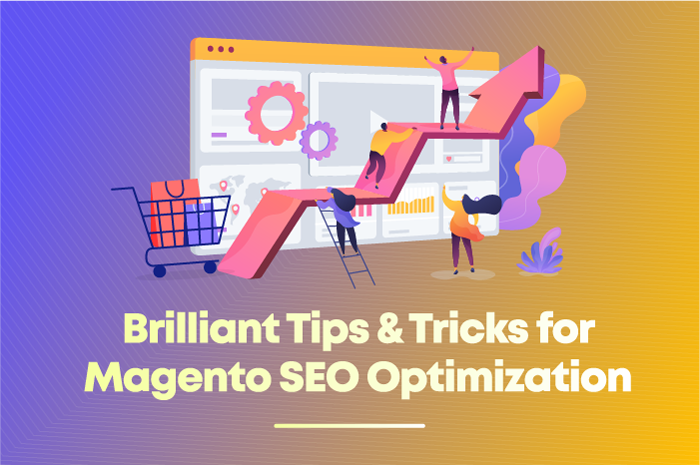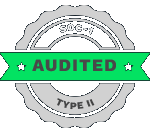According to the Harvard Business Review, workers now spend almost 80% of their day on collaborative work. Yet, their recent study also shows that up to 35% of valued added contributions are attributed to 3-5% employees.
In other words, collaboration is on the rise, but productivity is no better than it ever has been.
This is where the company intranet comes in. Through user-friendly tools and databases, a web portal can turn that 3-5% of intensely productive employees into 100% productive employees. Of course, the key to achieving such results is no easy feat.
To give you a head start, here are BluEnt's 5 rules for corporate intranet portal development that delivers the result
Rule 1: Don't Always* Listen to Your End Users.
Yes, it sounds strange from a web app development team constantly proclaiming the benefits of user-centred web design. However, it's important to remember that the ideal user experience is not always the experience that users tell you they want.
Firstly, employees are not UX experts. They're not necessarily familiar with the process of app wire-framing & prototyping, so they may not be able to correctly pinpoint the logistics of how to create the web portal they've imagined.
Secondly, a key principle in market research is to never turn to the market for innovation. When the Sony Walkman was first pitched, consumers rejected it.
Having never used a portable device for playing music before, they didn't feel the need for it. But in only a few months' time, the Walkman became one of Sony's most popular brands of all time. The same theory can be applied to enterprise mobility. If your workers aren't even aware of what they lack, it's up to you and your developers – not them – to find it.
Learn more about Web Portal Development Services .
Rule 2: Know What Your Users Need.
Naturally, the takeaway from the first rule is to find out what your company workflow is missing and integrate into your web portal. This is where user feedback's usefulness skyrockets.
The first step to this rule is sorting end-users into different categories like administrators, HR users, asset managers, and so on.
Then, gather information on what kinds of intranet tools (i.e. features list) would improve their productivity.
Remember that even though this process begins at the earliest stage of app wire-framing, you should constantly be thinking of inventive ways to get their jobs done. What kinds of end users do you have in mind? Chat with our developers to brainstorm ideas.
Here are a couple of examples of common enterprise mobility challenges to consider:
-
Inefficient document management.
Corporate web portals can be used to instantly organize rich databases of documents so that individual workers and teams have access to all the relevant content they need without the clutter of the content they don't.
-
Convoluted content-sharing tools.
Audio/video sharing tools can easily be integrated into company web portals so employees can share content easily and effectively. This includes the custom chat app development as well as integration with social networking sites like Facebook and LinkedIn.
Rule 3: Automate Low-Level Tasks.
In every department of every office, you'll find mundane tasks that take up hours of an employee word day, lowering moral as well as productivity.
This includes scheduling meetings, filling out time sheets, and a plethora of other unavoidable responsibilities.
Company intranet can be used to seamlessly automate these tasks so that more time can be put towards the skilled requirements they were hired for. Not only this, but automated business tools improve the accuracy and organization of these tasks so that less time is spent resolving human mistakes.
BluEnt's business process automation solutions consist of a comprehensive workflow engine maximizing the management efficiency of corporations, agencies, businesses and other organizations regardless of size or industry.
In addition to intranet applications, our experience in developing business process automation includes CRM, inventory management, and SKU management solutions.
Rule 4: Test, test, and test again.
A massively underrated aspect of app development for cost-effective enterprise mobility is integration. Before unveiling the portal for general use, be sure to run a pilot phase with one or two people from each of your predefined categories of end users.
Present them with the relevant features and ask them to perform specific core activities. For example, you might ask a pair of users to employ the desktop sharing tool or an individual to find and fill out the timesheet form.
From there, you can conduct a simple analysis of how many users succeeded, how long it took them to do so, and what challenges they encountered along the way. Most importantly, you can collect feedback on how valuable they found the features.
After all, if the intranet platform is too complicated for end users to operate, odds are that they won't be returning to it in the future.
Interested in learning about BluEnt's top strategies for application integration? Give us a call for more information.
Rule 5: Don't Underestimate Powerful Visuals.
While an attractive user interface design doesn't necessarily affect usability, it has a surprisingly significant impact on facilitating the adoption process and encouraging regular use.
This feeds into creating a positive and engaging user experience for employees and inspiring them to do their best work.
Moreover, visuals are a chance to embed corporate culture into the office's technology. Considering that 50% of respondents in a study by Duke's Fuqua School of Business stated that corporate culture influences productivity, creativity, profitability, firm value and growth rates, a visually stunning company intranet may be exactly what your company needs.
At BluEnt, we are committed to provide you with an intranet application 100% tailored to your organization, down to the personalized look and feel of user experience.
We customize our services to the unique size and needs of your company to create a web portal that effectively supports cross-functional alignment towards common organizational goals.
We hope this article gave you some insight into how to develop an effective company intranet portal. If BluEnt's years of experience have taught us anything, it's that there are a just a few ways to make a web portal right and a thousand ways to get it wrong.
For more industry insights like this one, subscribe to our blog to stay in the loop.
Maximum Value. Achieved.



 Proven Magento SEO Tips to Rank High on Search Engines
Proven Magento SEO Tips to Rank High on Search Engines  10 Best Magento Extensions to Achieve E-commerce Excellence
10 Best Magento Extensions to Achieve E-commerce Excellence  Magento vs Shopify: The Battle of the eCommerce Titans
Magento vs Shopify: The Battle of the eCommerce Titans  Unlock the power of ChatGPT for business data analytics!
Unlock the power of ChatGPT for business data analytics! 
